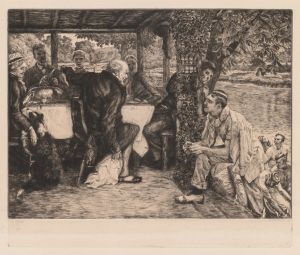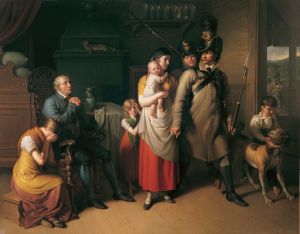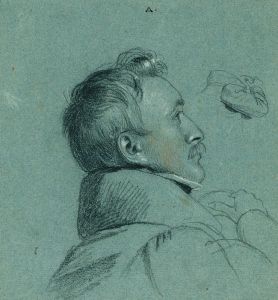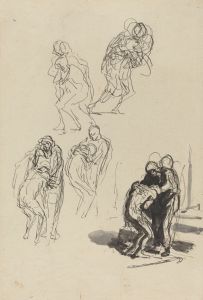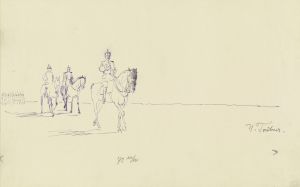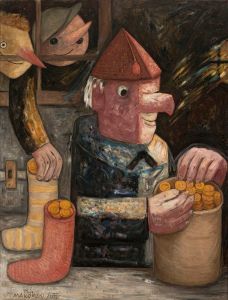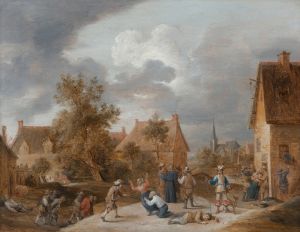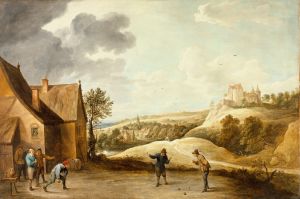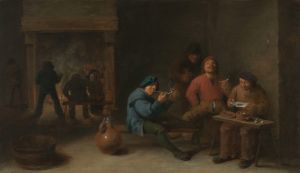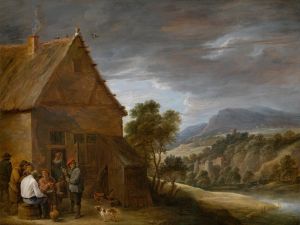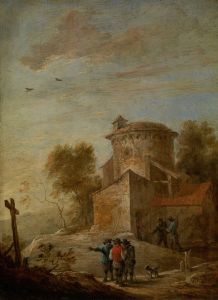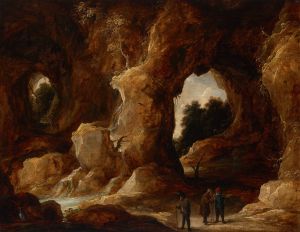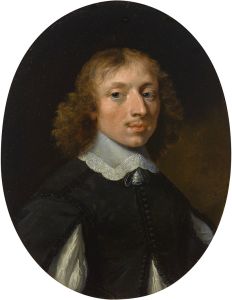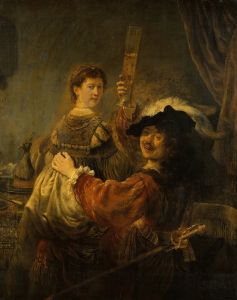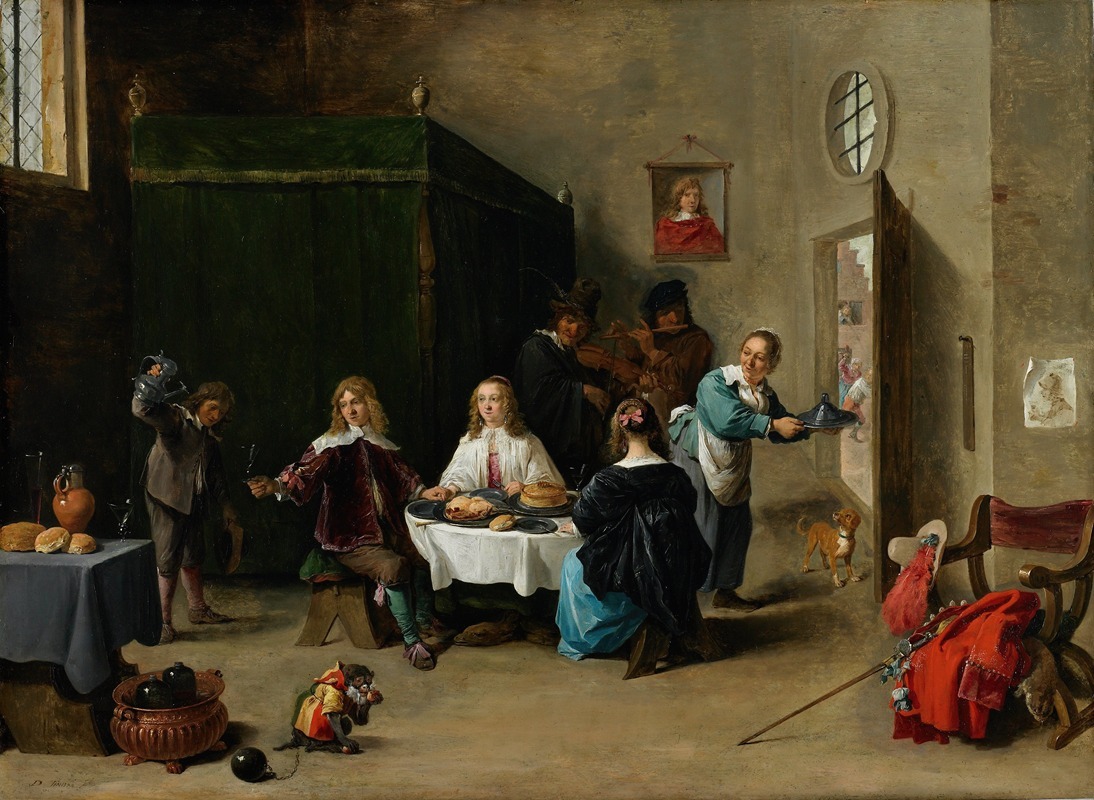
The Prodigal Son
A hand-painted replica of David Teniers The Younger’s masterpiece The Prodigal Son, meticulously crafted by professional artists to capture the true essence of the original. Each piece is created with museum-quality canvas and rare mineral pigments, carefully painted by experienced artists with delicate brushstrokes and rich, layered colors to perfectly recreate the texture of the original artwork. Unlike machine-printed reproductions, this hand-painted version brings the painting to life, infused with the artist’s emotions and skill in every stroke. Whether for personal collection or home decoration, it instantly elevates the artistic atmosphere of any space.
David Teniers the Younger, a prominent Flemish Baroque painter, is known for his genre scenes, landscapes, and depictions of peasant life. Among his notable works is "The Prodigal Son," a painting that illustrates the biblical parable of the prodigal son, a story from the Gospel of Luke in the New Testament. This parable tells of a young man who squanders his inheritance but is ultimately forgiven by his father, symbolizing themes of repentance and redemption.
Teniers was born in Antwerp in 1610 and was part of a family of artists. He was heavily influenced by his father, David Teniers the Elder, as well as by other prominent artists of his time, such as Peter Paul Rubens and Adriaen Brouwer. Teniers the Younger became a master in the Antwerp Guild of Saint Luke in 1632 and later served as the court painter to Archduke Leopold Wilhelm of Austria, the governor of the Southern Netherlands.
"The Prodigal Son" by Teniers is a fine example of his ability to blend religious themes with everyday life, a characteristic feature of his work. In this painting, Teniers captures the moment of the prodigal son's return, a scene that is often depicted in art due to its emotional and moral depth. Teniers' interpretation is notable for its detailed depiction of the setting and characters, showcasing his skill in rendering textures and expressions.
The painting typically features a domestic scene, with the prodigal son kneeling before his father, who welcomes him with open arms. The composition often includes other family members and servants, each contributing to the narrative through their gestures and expressions. Teniers' use of light and shadow adds to the drama of the scene, highlighting the emotional reunion between father and son.
Teniers' work is characterized by its meticulous attention to detail and vibrant use of color, which bring the scene to life. His ability to convey complex human emotions through subtle facial expressions and body language is evident in this painting. The setting often includes elements typical of Teniers' genre scenes, such as rustic interiors or pastoral landscapes, grounding the biblical story in a relatable, everyday context.
Throughout his career, Teniers produced numerous versions of "The Prodigal Son," each varying slightly in composition and detail. This repetition reflects the popularity of the theme during the Baroque period, as well as Teniers' own interest in exploring the narrative from different angles. His works were widely collected and admired, contributing to his reputation as one of the leading painters of his time.
David Teniers the Younger's "The Prodigal Son" remains an important work within the context of Baroque art, illustrating the enduring appeal of biblical stories and their moral lessons. His ability to blend religious themes with elements of daily life continues to resonate with audiences, highlighting the universal nature of the parable's message of forgiveness and reconciliation.





